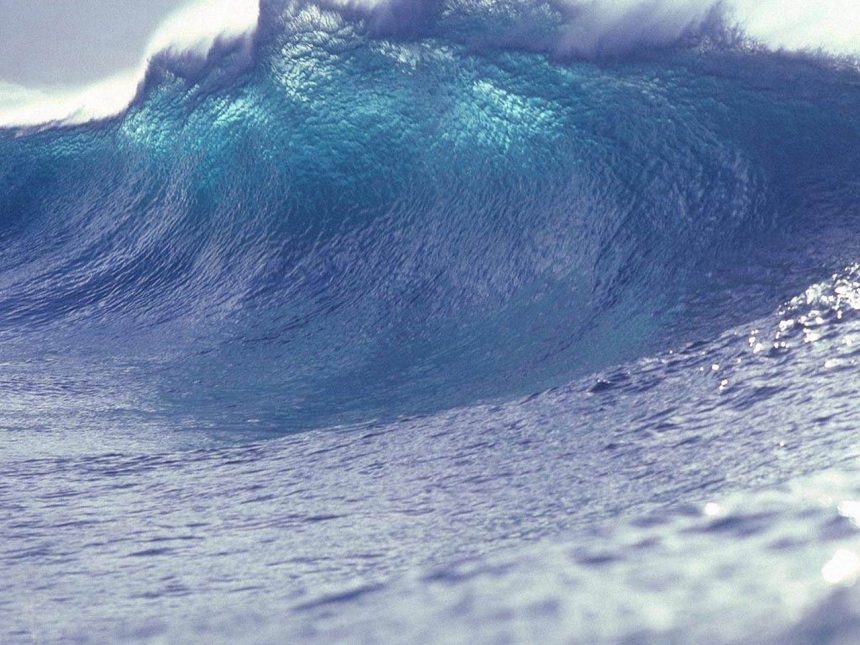Massive Earthquake Rocks Kamchatka Peninsula
Early on July 30, a powerful magnitude 8.8 earthquake struck off Russia’s Kamchatka Peninsula, approximately 136 km southeast of Petropavlovsk-Kamchatsky, at a shallow depth of around 19 km—the strongest tremor in the region since 1952.
Japan Sounds Warnings, Measures Precautions
Japan’s Meteorological Agency issued tsunami warnings along its Pacific coast—from Hokkaido to Wakayama Prefecture—along with evacuation advisories urging residents to move to higher ground. Waves of up to 60 cm were recorded in Hokkaido, with potential heights reaching 3 meters in northern areas. As a precaution, workers were evacuated from the Fukushima Daiichi nuclear plant, though there were no abnormalities reported.
U.S. Responds: Alerts From Hawaii to Mainland
In the United States, the Pacific Tsunami Warning Center issued tsunami alerts for Hawaii, the Aleutian Islands, and parts of the U.S. West Coast, including California, Oregon, and Washington State. Honolulu issued a full evacuation order for coastal zones, and national sirens were triggered in areas like Hawaii, where many had not heard such warnings in over a decade.
Tsunami Waves Affect Russia and Beyond
On Russia’s coast, tsunami waves measured between 3 and 4 meters, inundating Severo-Kurilsk and prompting coastal evacuations. Despite significant flooding in parts of Kamchatka and the Kuril Islands, no fatalities were reported, and emergency services described the impact as serious but manageable.
Global Reach of Alerts
Authorities extended tsunami alerts or advisories to multiple Pacific nations and territories, including New Zealand, Ecuador, Chile, Solomon Islands, Taiwan, Mexico, and Indonesia. While larger waves were not universally expected, officials warned of prolonged dangerous currents and multiple surges that could persist for hours.
Early Waves Strike Japan; Global Precautions Underway
Japan recorded multiple early tsunami waves shortly after the quake, prompting immediate emergency responses. In the U.S., coastal authorities advised staying clear of beaches, harbors, and marinas. New Zealand’s civil defence warned of “strong and unusual currents” in coastal areas, even where formal evacuations were not ordered.
Why It Matters
This quake ranks among the largest globally since the 2011 Tōhoku earthquake in Japan, underscoring the Pacific Rim’s seismic volatility. The 2011 disaster highlighted the catastrophic risks posed by megathrust earthquakes; Japan’s enhanced warning system now mobilizes within minutes—a crucial improvement in risk reduction.
What to Expect Next
- Aftershocks are likely in the region, prompting officials to maintain alert status for days.
- Tsunami forecasters will continue updating wave predictions as data evolves.
- Local authorities across affected nations remain on standby, with evacuation or beach access advisories in effect.
- Regional stakeholders emphasize the readiness value of early-warning systems and coordinated disaster response.
Final Take
The magnitude 8.8 quake off Kamchatka triggered tsunami alerts across the Pacific—from Japan to the U.S. West Coast and Hawaii. While initial wave activity remained relatively low—recording 60 cm in Japan—the potential for stronger impacts and dangerous currents prompted widespread evacuations and coastal alerts. As agencies track ongoing threats, this event serves as a stark reminder of the importance of robust preparedness and rapid warning systems.









